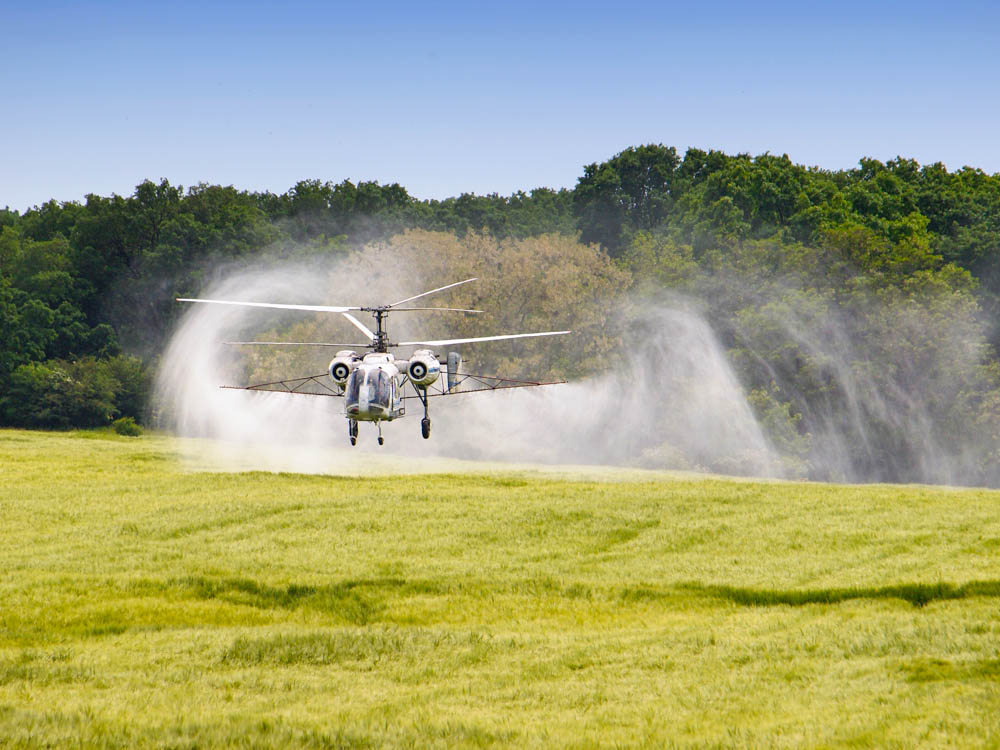What is Spray Drift?
In simple terms, spray drift occurs when small pesticide or herbicide droplets are carried by the wind beyond the target spray area. This usually happens during spraying in breezy or unstable conditions. Even light wind can move particles far from where they’re intended to land.
Drift can severely damage neighboring all permanent crops and most row crops like vegetables, tomatoes, and cotton, some of which can suffer a 30–50% yield loss from exposure to the wrong chemicals. In 2022 alone, U.S. farmers filed over 1,000 spray drift damage claims, many involving herbicides like dicamba.
How to Avoid Spray Drift
Here are proven strategies to minimize drift and protect your farm:
- Use Buffer Zones: Leave untreated strips between fields and neighboring properties to reduce exposure risk. A 10–50 ft buffer can make a big difference.
- Watch the Weather: Avoid spraying when wind speeds exceed 10 mph. Use AgNote’s weather integration to plan safe application times.
- Smoke Testing: Use smoke or dye tests to visualize potential drift in your spray pattern before large-scale application.
- Use Drift-Reducing Agents (DRA): Add adjuvants that increase droplet size and weight. Larger droplets are less likely to drift.
- Adjust Nozzles and Pressure: Use low-drift nozzles and lower spray pressure to produce coarser droplets.
Liability and Insurance Considerations
Spray drift doesn’t just harm crops—it can result in legal action. Applicators found liable may face lawsuits or loss of their spray license. While farm insurance may offer some protection, not all policies cover drift damage, especially if the applicator was negligent. Being proactive is key.
Timing and Susceptible Crops
Sensitive crops like grapes, tomatoes, cotton, and specialty vegetables are especially vulnerable. Spraying during the early morning or late evening can reduce drift risk, as wind speeds tend to be lower. Align your application timing with weather and crop sensitivity.
How AgNote Can Help
AgNote’s farm management software empowers practical farmers by offering straightforward yet highly effective tools to enhance farm management practices.It helps you log every spray job with product, rate, time, and location—crucial for both safety and compliance. You can also organize each crop’s details field-by-field, ensuring better decision-making.
👉 Try AgNote free for 7 days and take control of your farm’s spraying operations with confidence.
